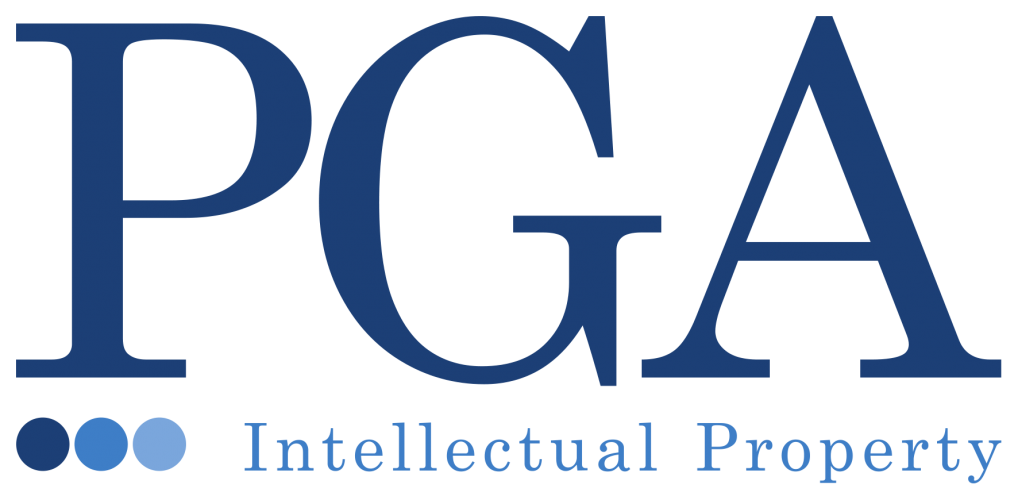Infringement by equivalence: the criteria of the Italian Court of Cassation
By decision no. 2977 published on 7 February 2020, the Italian Court of Cassation carried out a detailed reconstruction of the criteria useful for the assessment of infringement by equivalence.
The decision was taken in a procedure issued by the owner of an Italian patent entitled “Process and plant for the extraction and concentration of tannin from wood and other natural products” and a European patent application relating to the same found.
The main innovation concerns the fact that the Court has chosen to investigate the infringement by applying the German criterion which considers as a symptom of infringement for the equivalents the obviousness or non-originality of the replacement solution adopted by the infringer with respect to the patented solution, taking into account the average knowledge of the technician in the sector. It would therefore not be relevant the variation, even if original, made to a single element of the patented invention, if such variation did not allow to exclude the use, even partial, of the previous patent.
Patronymic mark and right to the name: the reading of the Court of Rome
By decision of 24 January 2020, the Court of Rome ruled as a precautionary measure between the owner and the licensee of the famous word trademarks “Sorbillo”, “Pizzeria Sorbillo”, “Gino Sorbillo”, as well as the figurative trademark “Pizzeria Sorbillo since 1935 Unica Sede”.
In particular, the Court ruled that a distinctive sign consisting of a certain personal name and validly registered as a word mark cannot normally be adopted, in identical or similar product sectors, as a trade mark (as well as a company name), except for its limited use in accordance with the principle of professional correctness, not even by those who legitimately bear that name, since the right to the name finds, if not a real elision, a certain compression in the context of economic and commercial activity, where it became the subject of registration, first, and then of reputation.
Does the mere holder of counterfeit goods commit trademark infringement?
In its judgment of 2 April 2020, the Court of Justice of the European Union (in case C-567/18) ruled on the possibility of a person storing in its warehouse, on behalf of a third party, products infringing a trademark right in the proceedings involving the company Coty (owner of the registered trademark Davidoff) and two companies of the Amazon group, without being aware of that infringement, carries out an act of ‘use’ of the trade mark – consisting in the ‘storage’ of those goods for the purposes of offering them for sale or placing them on the market – prohibited under the unitary rules, in particular where only the third party intends to offer or place those goods on the market.
The CJEU has therefore held that “for the storage of goods bearing signs identical, or similar to trade marks to be classified as ‘using’ those signs, it is also necessary […] for the economic operator providing the storage itself to pursue the aim referred to by those provisions, which is offering the goods or putting them on the market” and, therefore, that where the companies which carried out the storage “have not themselves offered the goods concerned for sale or put them on the market, […] they do not themselves use the sign in their own commercial communication”.
WIPO: China in first place for international patent applications
WIPO has published data relating to services provided during 2019 on the protection of intellectual property rights. With 58,990 applications submitted in 2019 through the WIPO Patent Cooperation Agreement (PCT) system, China ended the US domain (57,840 applications in 2019) as the main user of the PCT system (a position the US has held permanently since 1978).
International patent applications filed through the PCT system increased by 5.2% (265,800 applications) in 2019, while international trademark applications through the Madrid system for the registration of international trademarks increased by 5.7% (64,400 applications).

 Italiano
Italiano